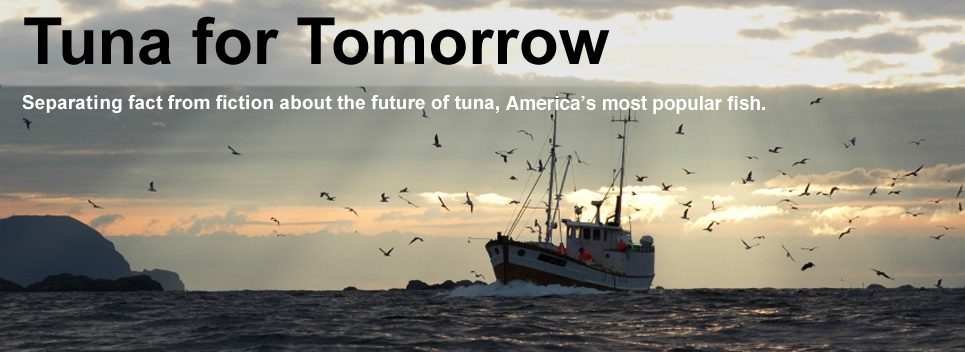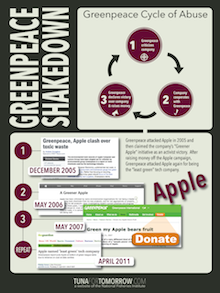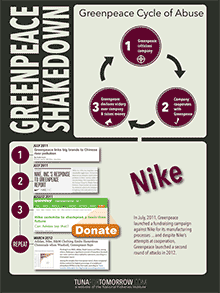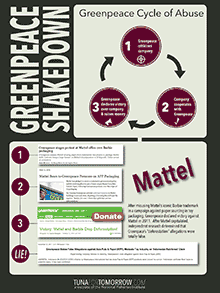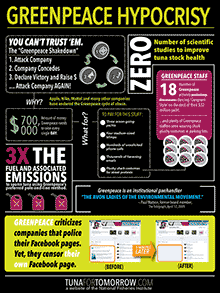Greenpeace may think plushy outfits, violent cartoon impersonations, and staged protests will rouse the public and impact sustainability policies, but it would appear the rest of the world does not. To everyone else, Greenpeace’s favored antics — harassing companies, whining, and begging for money and attention — are unamusing, juvenile and alienating.
In the latest exposé of Greenpeace— brilliantly titled “When Greens Eat Themselves” — Australian reporter Mike Steketee criticizes their failure to form industry coalitions, resonate with local communities and garner results from full-blown public awareness campaigns.
As Steketee observes, Greenpeace and company are “top heavy, bureaucratic and complacent” and have “evolved from largely voluntary groups into professional organizations focused on large scale fun-raising and marketing strategies.” At some point, presumably in between collecting pre-written meaningless petitions, flying blimps and leisurely cruising on the Rainbow Warrior III, their ineffectiveness got old. Or, as Steketee describes it, they created “a certain staleness in the environmental air.”
Stale, indeed. If Greenpeace wants to be taken seriously, it has to stop playing its game of charades and start contributing to the real work being done by industry leaders, scientists and responsible conservationists to address sustainability challenges.


